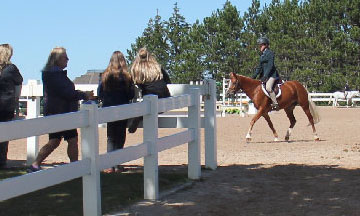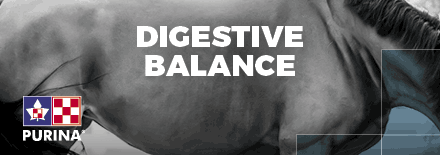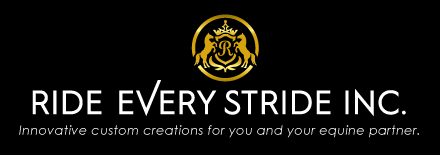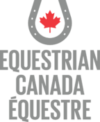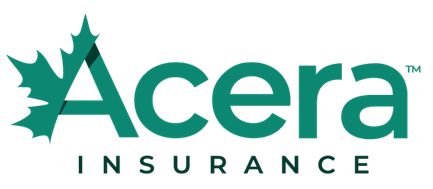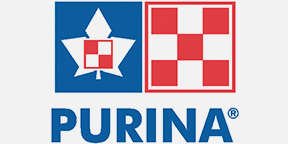You have practiced hard all year. You’ve meticulously worked through every routine possible. You are one with your horse. But do you have the stamina and energy to make it through another show season. Raw talent and hard work may get you there but proper nutrition will keep you there!
As the saying goes “You are what you eat”!
Just a quick recap of the science behind what fuels an athlete, meal plan to follow.
Carbohydrates – Provides energy for the body
- Carbohydrates are arguably the most important source of energy for the equestrian athlete. Carbs provide the energy that fuels muscle contractions, once eaten, carbohydrates breakdown into smaller sugars that get absorbed and used as energy. Any glucose not needed right away gets stored in the muscles and the liver in the form of glycogen. Once these glycogen stores are filled up, any extra gets stored as fat.
- Carbohydrates stored as glycogen are an easily accessible source of energy for exercise. How long this energy supply lasts depends on the length and intensity of the event and can range anywhere from 30 to 90 minutes or more. To avoid running out of energy, start with full glycogen stores, replenish them as often as possible and refill them after to be ready for the next event.
- Carbohydrates have other specific functions in the body including fuelling the central nervous system (CNS) and the brain.
Examples of what to eat include fruits and vegetables, whole wheat breads, brown rice, grains, whole wheat pasta, legumes such as kidney beans, pinto beans, lentils, garbanzo beans, potatoes etc… Starch is probably the most important energy source in an athlete’s diet because it is broken down and stored as glycogen.
Lean protein – Helps build and repair
- Proteins are often called the building blocks of the body. Protein consists of combinations of structures called amino acids that combine in various ways to help build and repair muscles, bone, tendons etc… They serve other functions as well including nutrient transportation and enzyme production.
- Adequate, regular protein intake is essential because it isn’t easily stored by the body. Various foods supply protein in varying amounts with complete proteins (those containing 8 essential amino acids) coming mostly from animal products such as meat, fish, dairy and eggs and incomplete protein (lacking one or more essential amino acid) coming from sources like vegetables, fruit, nuts, legumes, dried and canned beans and peas.
- Athletes require protein primarily to repair and rebuild muscle that is broken down during exercise and to help optimizes carbohydrate storage in the form of glycogen. Protein isn’t an ideal source of fuel for exercise, but can be used when the diet lacks adequate carbohydrates. This is dangerous because if we use protein for fuel then there wont be enough available to repair and rebuild body tissues and muscle.
Healthy fat – Provides energy for the equestrian athlete
- Fat provides the highest concentration of energy of all the nutrients. One gram of fat equals nine calories. This calorie density, along with our seemingly unlimited storage capacity for fat, makes fat our largest reserve of energy.
- Fat provides the main fuel source for long duration, low to moderate intensity exercise. Even during high intensity exercise, where carbohydrates are the main fuel source, fat is needed to help access the stored carbohydrate (glycogen).
- Using fat for fuel for exercise, however, is dependent upon these important factors. Fat is slow to digest and be converted into a usable form of energy (it can take up to 6 hours). Converting stored body fat into energy takes time. The body needs to breakdown fat and transport it to the working muscles before it can be used as energy.
Common food sources include olive and canola oil, avocados, fish, almonds, soybeans and flaxseed. Theses fats should account for 20% – 30% of total daily calorie intake.
Now that you have an understanding of what is necessary to achieve peak performance through optimum nutrition lets take a look at a typical meal plan for the equestrian athlete.
In order to keep energy levels up it is recommended to consume six meals per day broken down as three large meals (breakfast, lunch and supper) and three smaller meals (mid morning, mid afternoon and early evening).
- Eat three large meals containing mostly vegetables and a starch like a potato, whole wheat bread, whole wheat pasta or brown rice. Don’t forget to include beans, peas and/or lentils. In addition to the carbohydrates, include a small amount of protein to help optimize carbohydrate storage in the form of glycogen.
Examples:
Breakfast – Vegetable omelette, one slice of whole wheat toast with a teaspoon of almond butter, half a cup of low sodium baked beans and either a cup of seasonal berries, a wedge of melon or a large banana
Lunch – Cup of whole wheat pasta with homemade tomato sauce topped with low fat mozzarella and a tossed salad
Supper – Brown rice with steamed vegetables and three ounces of lean, fowl, pork or beef - Eat three smaller meals consisting of fruit and vegetables with a small amount of protein to help optimize carbohydrate storage in the form of glycogen.
Examples include:
– Celery sticks with almond butter
– A dozen baby carrots with hummus
– Six raw, unsalted almonds with a tablespoon of raisins
– Six whole wheat cracker with one serving (30g) of low fat mozzarella
– My favorite, apple or pair with one serving (30g) of low fat mozzarella
– Cup of mixed berries in season with a tablespoon of low fat Greek yogurt - Drink at least eight, eight ounce servings of liquid. Remember that during exercise fluids are lost through sweat.
Examples include:
– Green tea
– Decaffeinated teas
– Good old fashioned H2O
– My favorite, hot water with honey and a squeeze of lemon and/or lime
If digestion is a concern before an event than try a liquid meal, passes through the system much quicker than a solid meal.
One of my favourites, pre or post exercise, is a nutritionally packed smoothie, loaded with a frozen banana, quarter cup of frozen fruit, half cup Greek yogurt, six raw almonds, a cup of soy milk and a serving of whey protein powder.
“Achieve Peak Performance Through Optimum Nutrition!” – Ian Harris
Ian can be reached at ian@ianharris.ca. You can also follow his nutrition tips on Facebook at www.facebook.com/nutritionequestrianathlete or visit www.ianharris.ca
